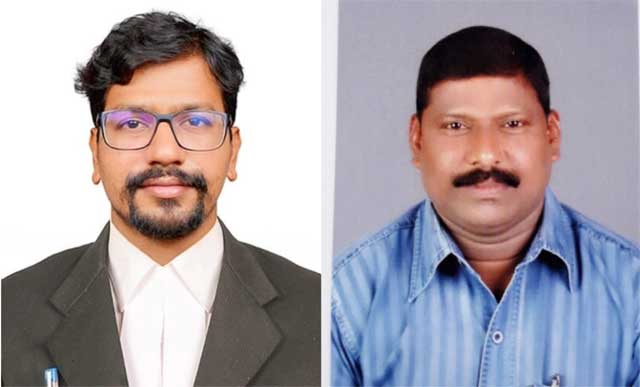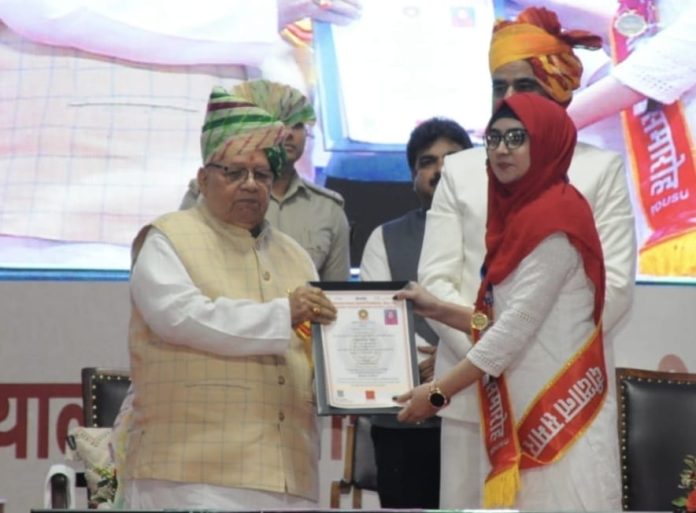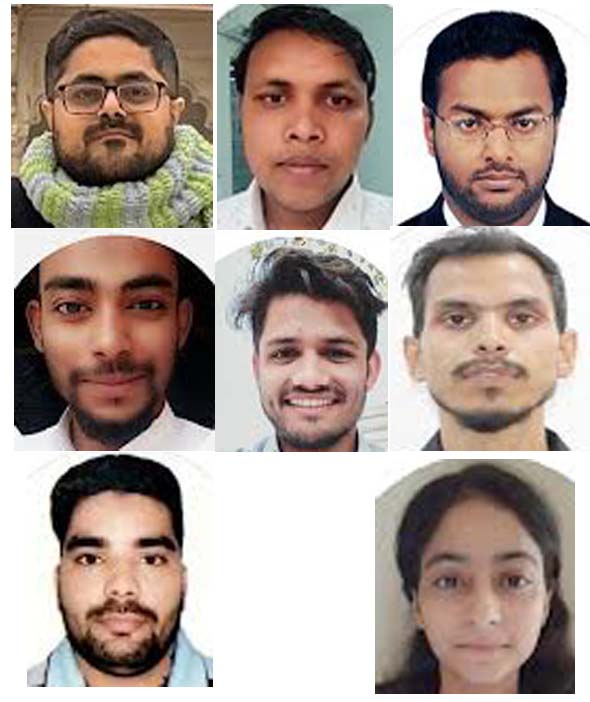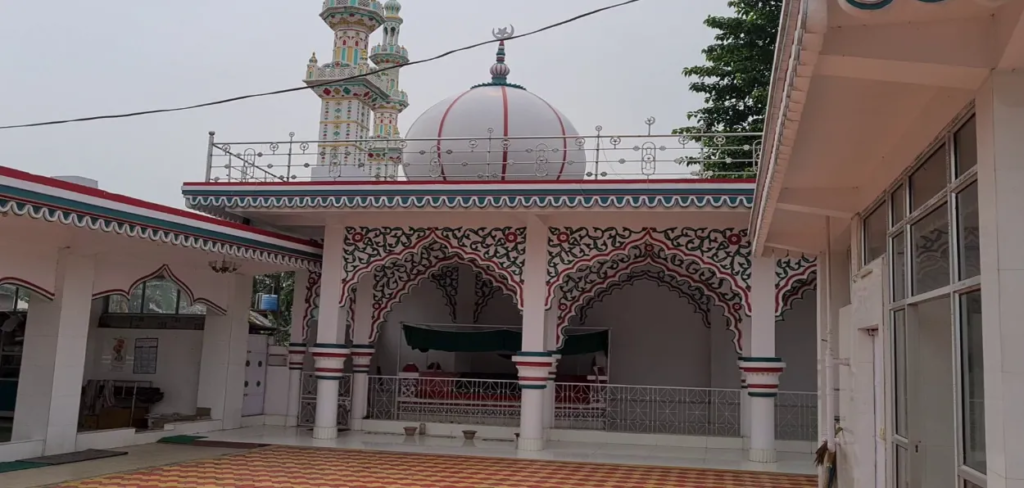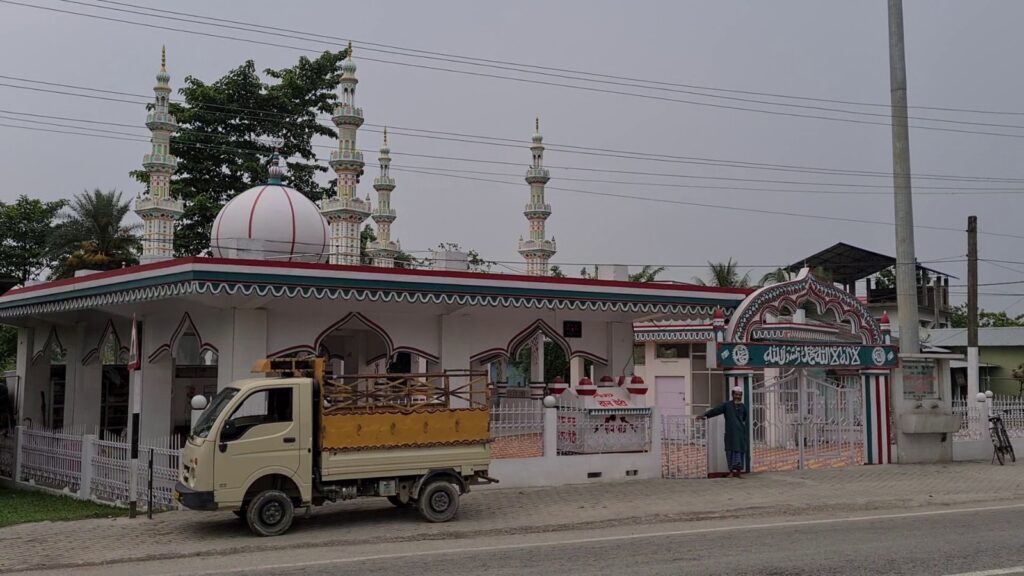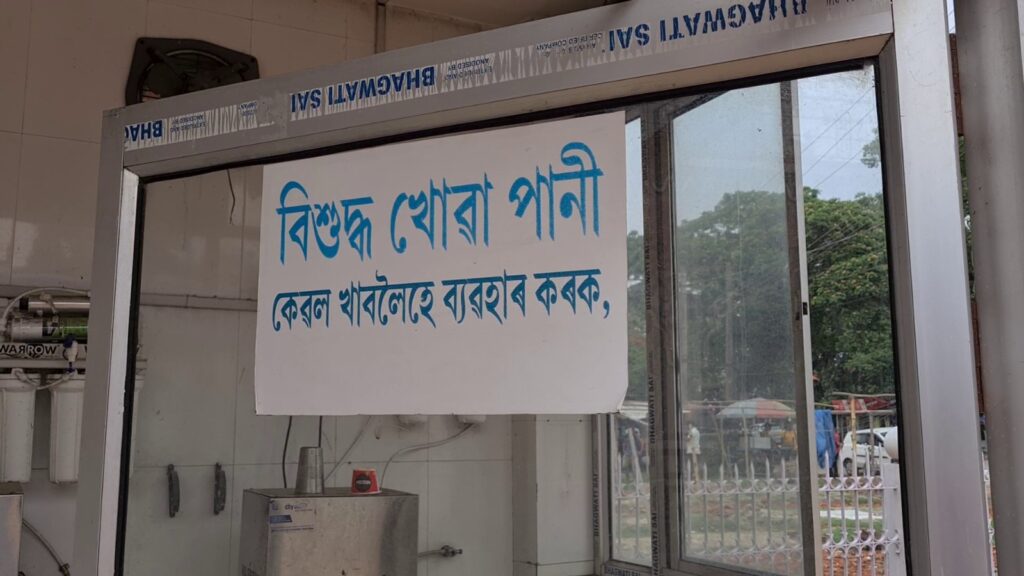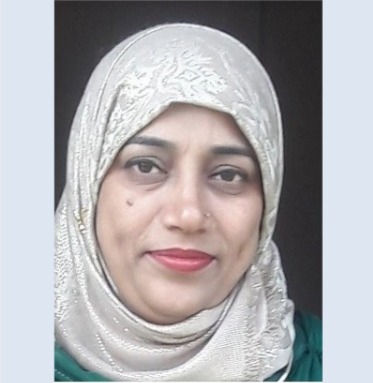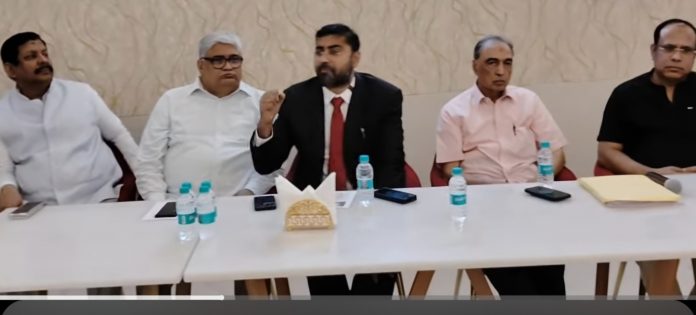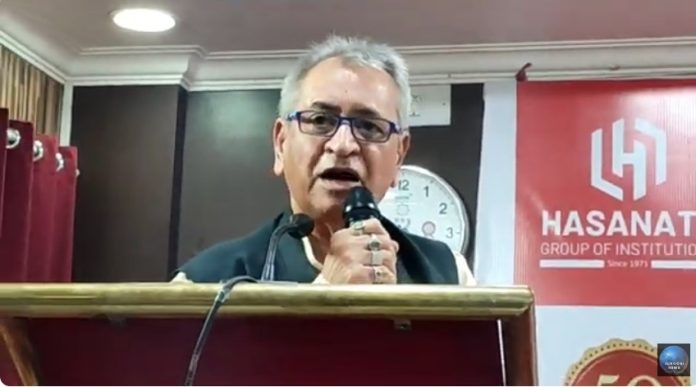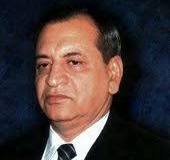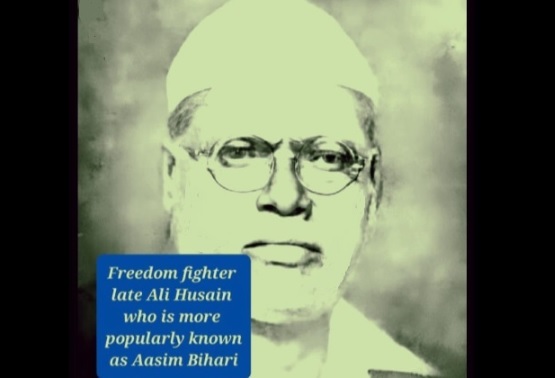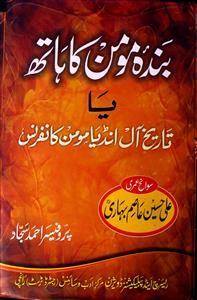Bhagvanpur (Vaishali District) BIHAR / Waynad, KERALA :
Ravi Rosan Kumar, hailing from Bihar lost his mother and three other family members in the catastrophic landslide.
Kerala Muslim Jamaath Wayanad president O K Ahmad Kutty Baqavi, SYS media coordinator S Sharafudheen, district president Basheer Sa’di and other members handing over the flight ticket to Bihar native Ravi Roshan Kumar
Meppadi :
Ravi Rosan Kumar, hailing from Bhagavanpur in the Vaishali district of Bihar, endured an unimaginable tragedy. Kumar had relocated along with his family to Wayanad, after he got a job at the tea factory in Harrison Malayalam Estate. But their lives were shattered in the catastrophic landslide that claimed over 300 lives and obliterated two villages in the district.
Kumar lost his beloved mother, Fulkumari Devi. Three of his family members are still missing.
Ravi’s mother had always dreamt of returning to their birthplace in Bhagavanpur, a wish that she could not fulfill. With no immediate relatives left and having lost all his savings in the tragedy, Ravi stared at a bleak future. However, he was determined to honor his mother’s wish by taking her ashes back to Bhagavanpur for immersion.
Ravi’s plight caught the attention of Santhwanam, a volunteer group under the Sunni Yuvajana Sangham (SYS), a Muslim organization based in Kerala, who stepped in to provide crucial support.

Search operations by different volunteer groups being carried out at Punjirimattom village in Wayanad. (Photo | ENS)
Understanding the gravity of Ravi’s situation, they arranged a flight ticket and other necessary assistance for him to return to Bhagavanpur and fulfill his mother’s final wish by immersing her ashes in the river in their village.
Kerala Muslim Jamath Wayanad President O. K. Ahmad Kutty Baqavi, along with S. Sharafudheen, SYS district president Basheer Sa’di, General Secretary Latheef Kakkavayal, and other members including Santhwanam Emergency Team coordinators C. M. Noushad, Naseer Kottathara, Shameer Thomattuchal, Dr. Muhammad Irshad, and Fazlul Abid, saw off Ravi Rosan Kumar as he embarked on his journey to his native place.
source: http://www.newindianexpress.com / The New Indian Express / Home> Kerala / by Express News Service / August 04th, 2024
